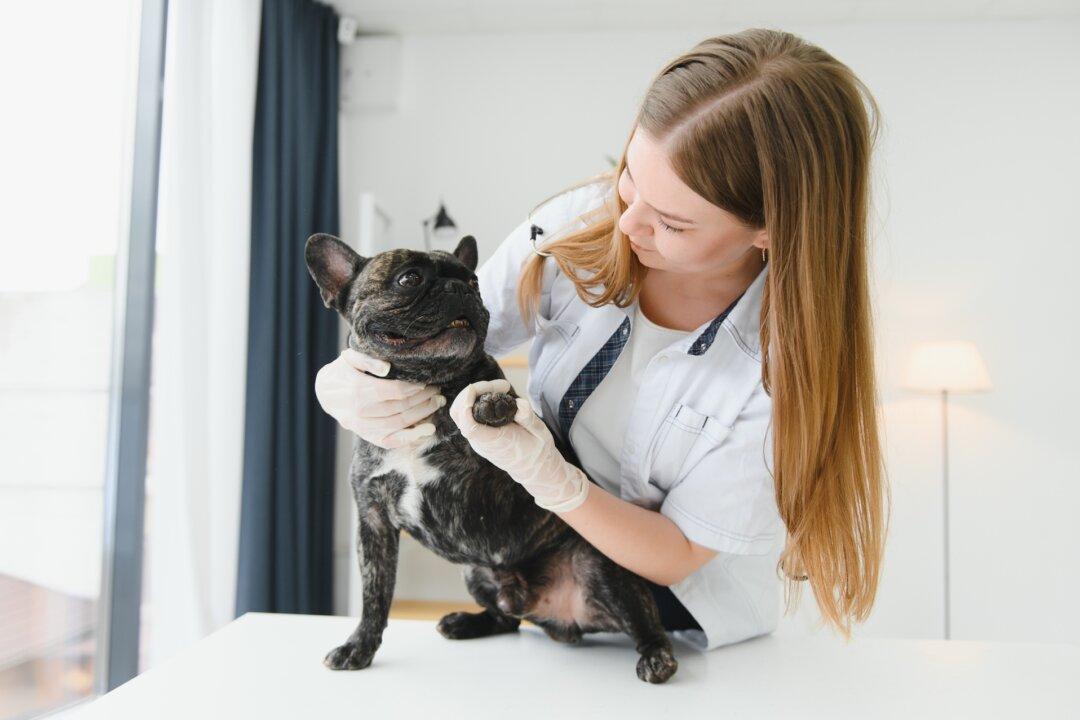Q: My seatbelt will help protect me if I’m involved in a car accident, and I want the same for my dog, Gucci, who often rides with me. What’s the best way to keep him safe?
A: You’re wise to restrain Gucci in the car. Not only could he be injured in a crash, but an accident could hurl him against you, preventing you from controlling your car. Unrestrained pets can also cause accidents by distracting the driver or crawling under the brake pedal.





